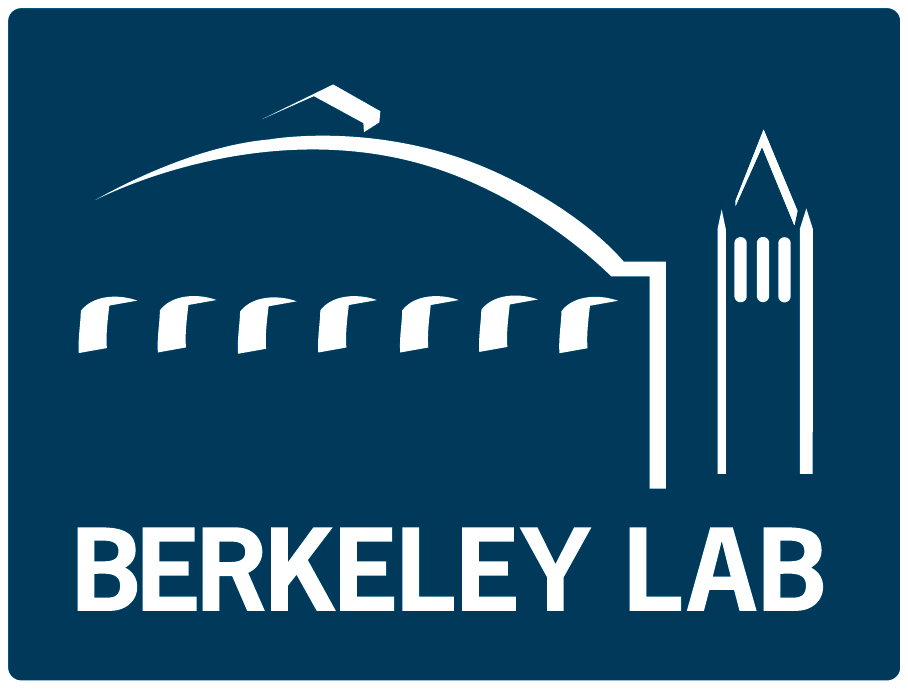APPLICATIONS OF TECHNOLOGY: Solar cells ADVANTAGES: Higher efficiency than either pure PbS-based or pure PbSe-based PV devices Nanocrystals synthesized in one-pot method ABSTRACT: A. Paul Alivisatos and colleagues at Berkeley Lab have developed solar cells based on highly confined nanocrystals of the ternary compound PbSxSe1-x. The crystalline, … [Read more...] about Ternary Compound Nanocrystals for Photovoltaic Devices IB-2740
Search Results for: quantum
Hot Electron Photovoltaics Using Low Cost Materials and Simple Cell Design IB-2195
APPLICATIONS OF TECHNOLOGY: Low cost PV technology ADVANTAGES: Abundant, low cost materials Simple cell design Compatible with various deposition techniques ABSTRACT: "Third-generation" PV technologies are being actively pursued in academic research labs. These include nano-optics, multi-junction architectures, multi-exciton, plasmonics, and lower … [Read more...] about Hot Electron Photovoltaics Using Low Cost Materials and Simple Cell Design IB-2195
Nanocrystal Native Ligand Stripping IB-3124
APPLICATIONS OF TECHNOLOGY: LEDs Photovoltaic panels Electrochromic displays and windows Thermoelectric devices Integrated circuits Electrodes for energy storage Nanotechnology and nanobiotechnology research ADVANTAGES: Facilitates integration of nanocrystals for lower cost electronic and electrochemical devices Does not etch or oxidize … [Read more...] about Nanocrystal Native Ligand Stripping IB-3124
Luminescent Nanocrystal Stress Gauge JIB-2727
APPLICATIONS OF TECHNOLOGY: Biomechanics Cancer research Polymer chemistry Optomechanical devices Failure analysis ADVANTAGES: Nanonewton sensitivity Nanoscale spatial resolution Fluorescent signal ABSTRACT: A team of Berkeley Lab scientists led by Paul Alivisatos and Charina Choi has developed a nanoscale stress sensor made of spider-like, … [Read more...] about Luminescent Nanocrystal Stress Gauge JIB-2727
A Cell Injection System Using Carbon Nanotubes IB-2323, IB-2333
APPLICATIONS OF TECHNOLOGY: Transfection of foreign molecular-scale cargoes into cells (e.g. DNA, RNA, polymers, dendrimers, nanoparticles, etc.) Insertion of probes into cells to observe physical and biochemical interactions. (e.g. quantum dots-probes) ADVANTAGES: Unlike microinjection, nanoneedle injection does not damage the cell membrane Overcomes other … [Read more...] about A Cell Injection System Using Carbon Nanotubes IB-2323, IB-2333
